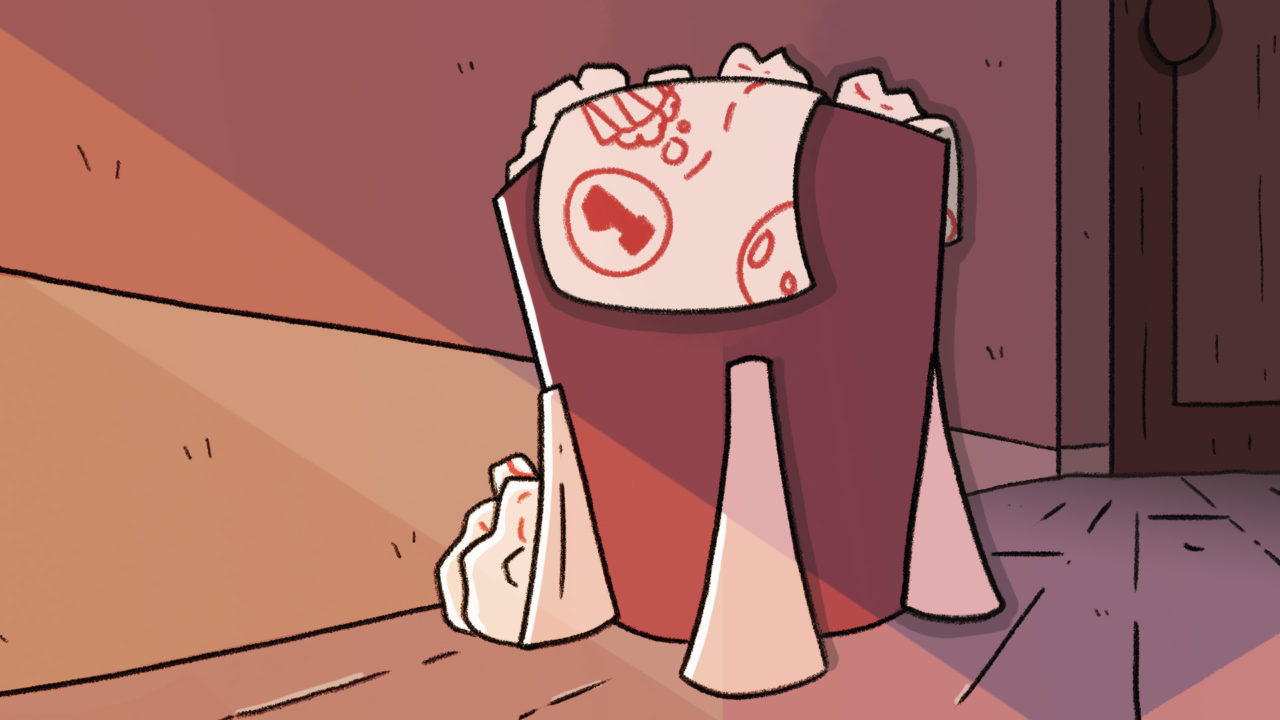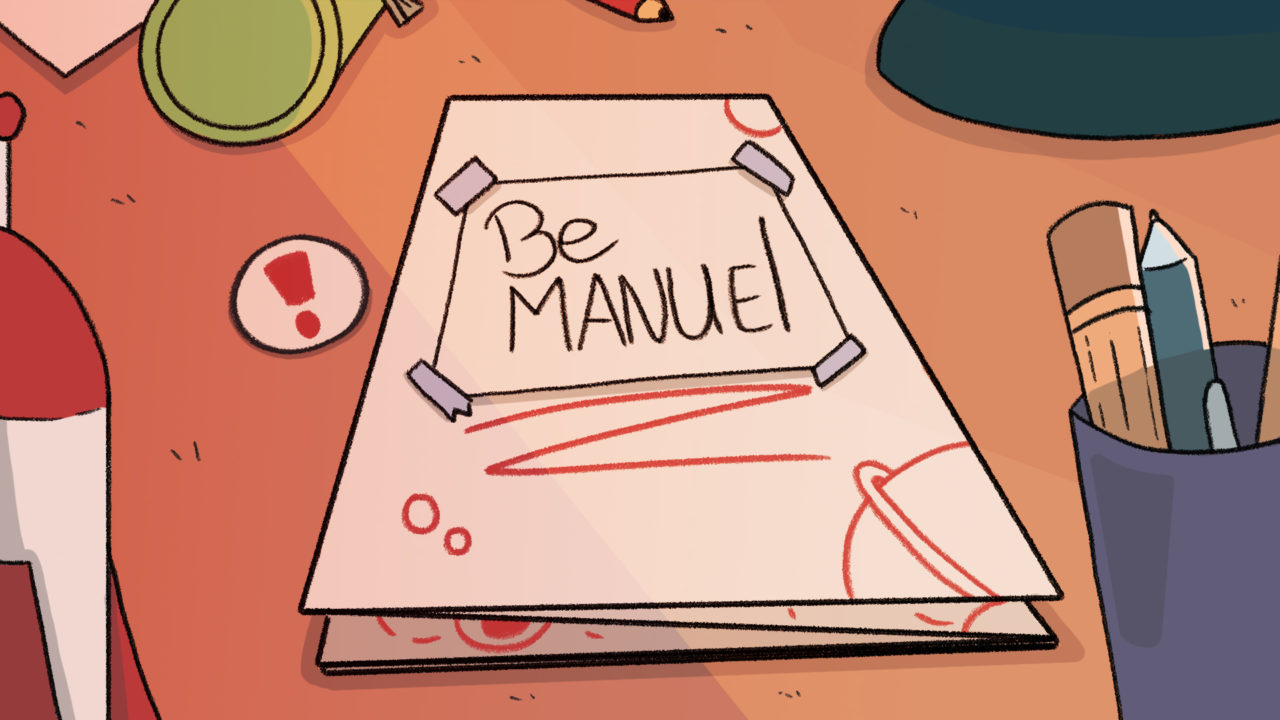Manuel’s Manual
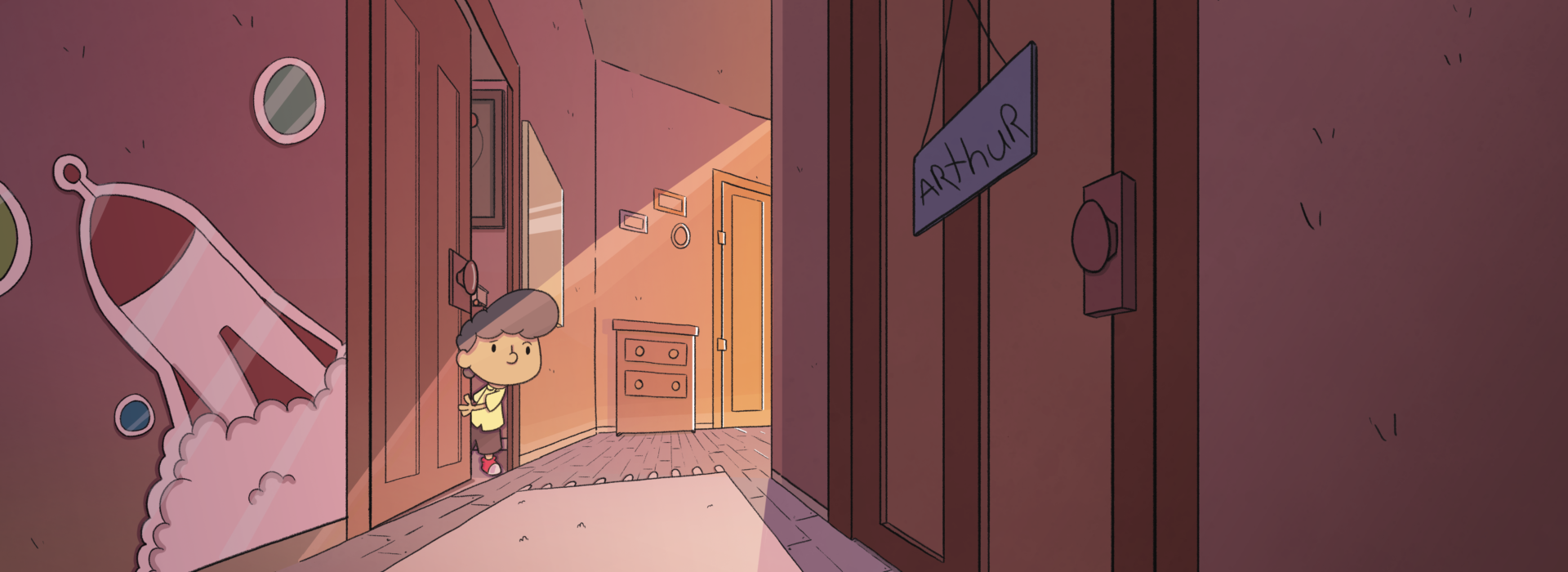
Project details
- Year
- 2022
- Programme
- animation
- Practices
- commercial
- Minor
- Branding
Manuel’s Manual is an illustrated and partially animated children’s book about the autism spectrum. At its core, it’s a story about friendship and self-acceptance. We follow Manuel and Arthur on their first day at their new school. Though they’re twins, Manuel and Arthur are vastly different. They have different hobbies, characters, etc. Simply put, they do things differently. Manuel is on the autism spectrum (ASD). He feels lost in his new surroundings. All the new faces, noise, and many new rules are a bit too much for him. He prefers to observe from afar but becomes a bit left out as a result. He wants to be more like his brother. He comes up with a plan ‘Manuel’s Manual’, but the results are not what he expected.

Just like Manuel, I’m autistic, and yes I also have a twin brother who’s not on the spectrum. My brother is sort of my reflection; people can’t help but compare the two of us, especially when we were younger. He was always the more outgoing, loud one, while I’m more reserved, shy. No, we don’t dress alike, talk alike, and thank god we don’t finish one another’s sentences. They’re playful, and harmless stereotypes, albeit sometimes annoying. Unfortunately, stereotypes about autism are less playful and often hurtful.
So I’m just curious, what’s your first thought when you think about autism?
Perhaps you yourself are on the spectrum, a friend, family member, etc. Maybe a familiar trope comes to mind, shy, lack of empathy, perfectionist, aggressive, perhaps in the vein of ‘The Big Bang Theory’s’ genius Dr. Sheldon Cooper, or Raymond Babbit of ‘Rain Man’.
As endearing as these characters may be, characters like these reflect outdated and stereotypical understandings of autism that can have harmful consequences for people on the autism spectrum. For people on the spectrum, these stereotypes and the stigma they reinforce might be a greater barrier to wellbeing than the characteristics of autism itself, with particular implications for children and adults.
That’s why with ‘Manuel’s Manual’, I have tried to break this stigma, create awareness and open up discussion. People often think autism is incredibly complex, but by doing research and showing the side and stories that are often overshadowed you find out that autism is not as black and white as it sometimes gets represented. Heck, it’s called a spectrum for a reason, a spectrum is full of colors.
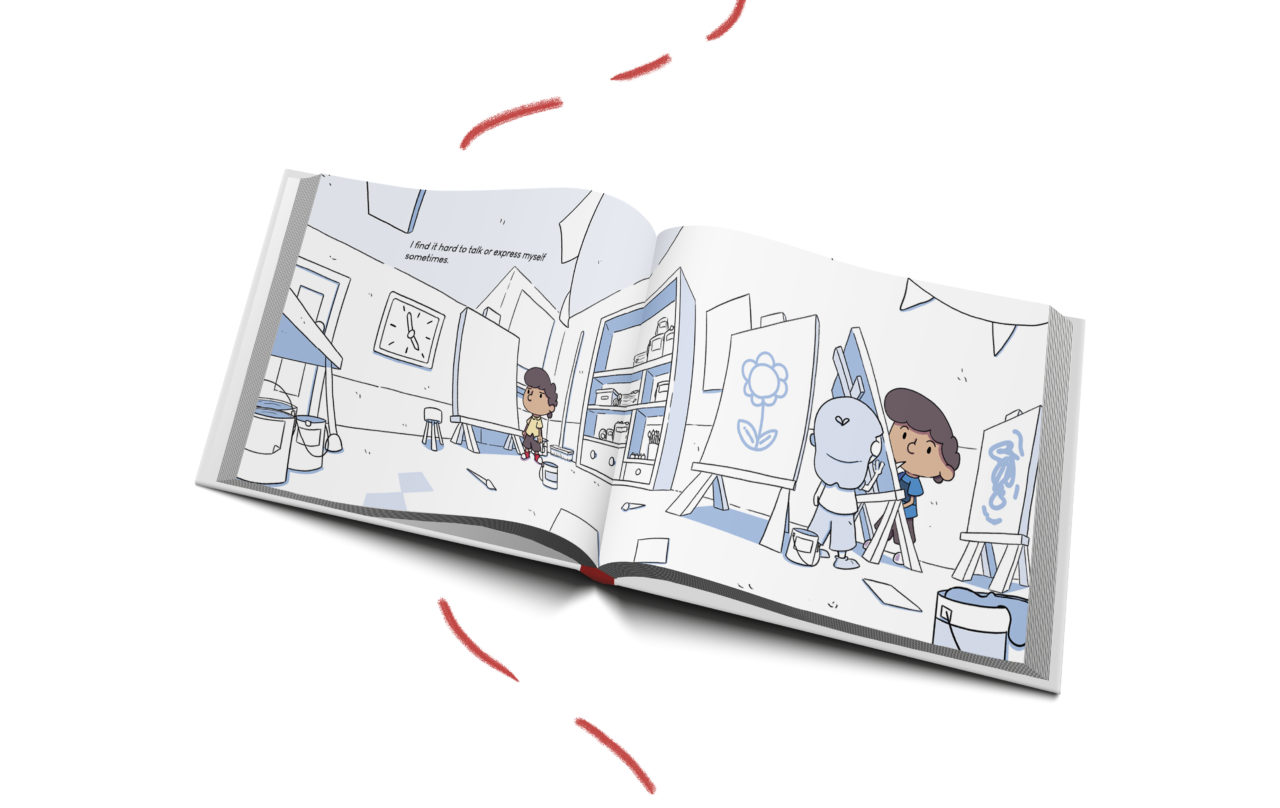

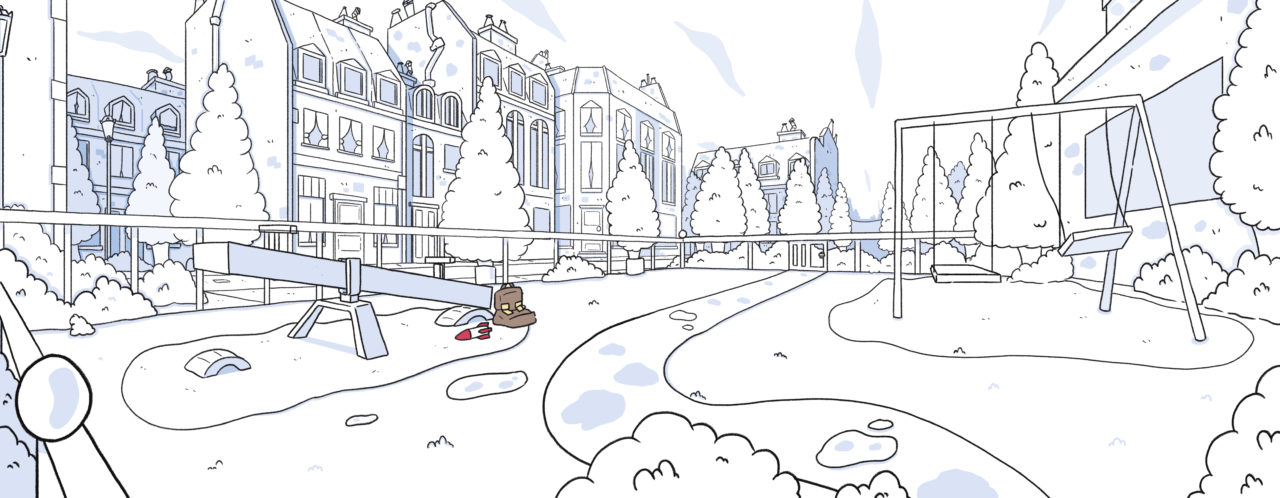
“If you’ve met one person with autism, you’ve met one person with autism.“
Dr. Stephen Shore
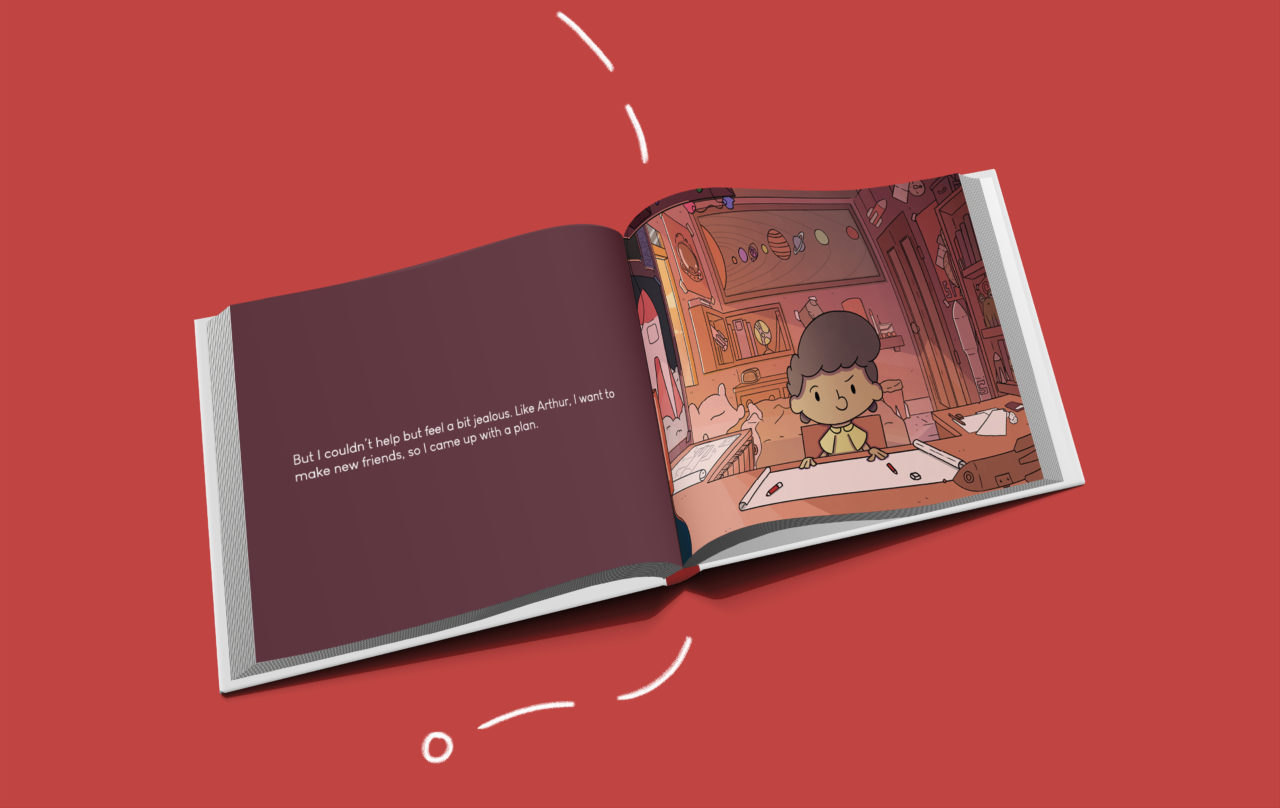
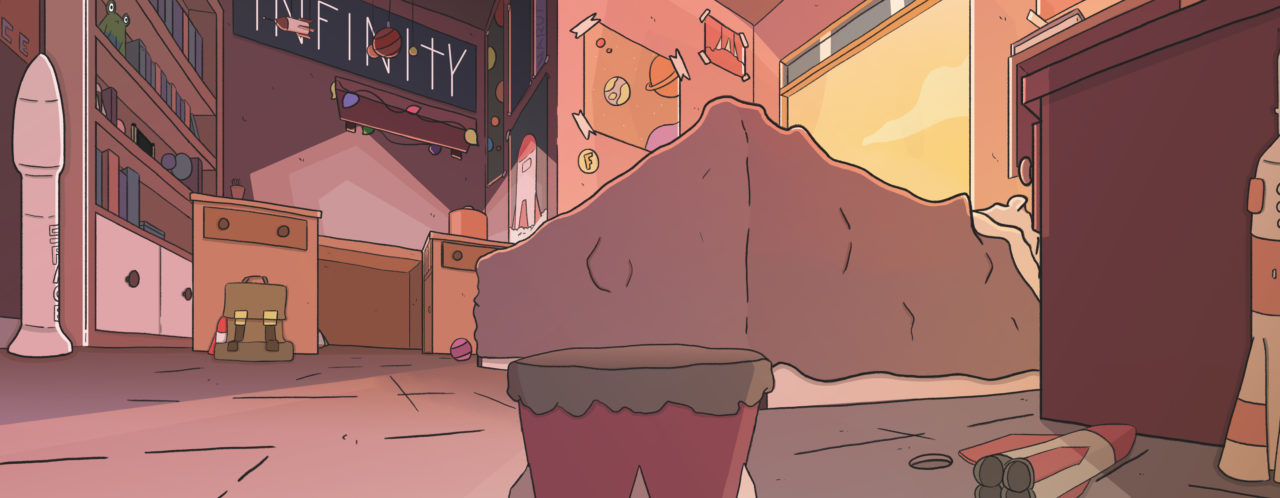
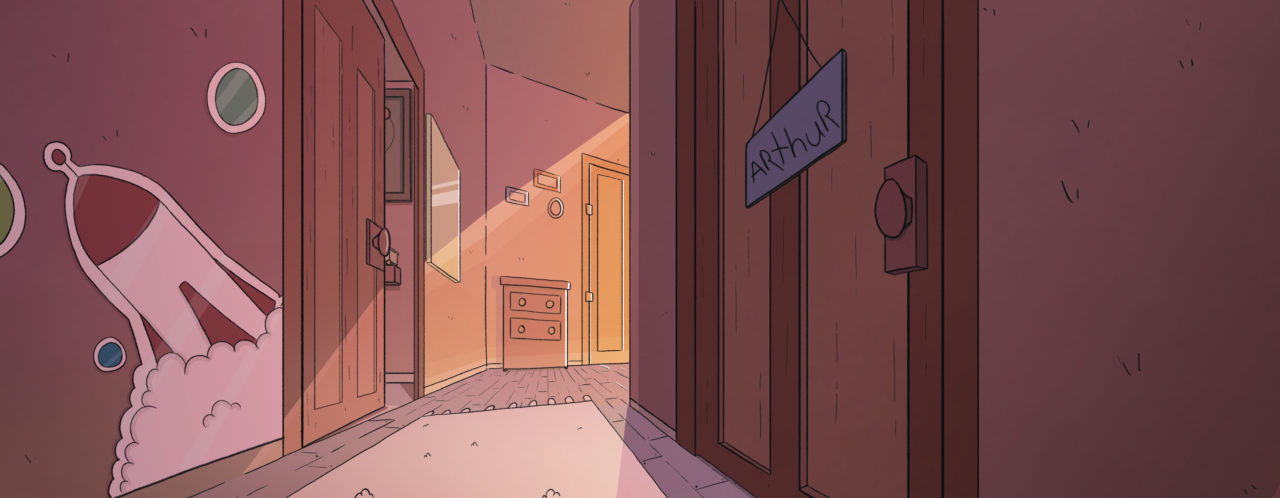
‘Manuel’s Manual’ story is inspired by my own youth and the unique perspective of a twin navigating a vastly different world. But my story is just of many. As I mentioned before, it’s a spectrum. Where most of the resources for autism are written from a medical perspective. ‘Manuel’s Manual’ is based on the perspective of the person on the spectrum. A perspective that has had a huge influence on how the story progresses and its illustrations. A perspective people told me about during my research, the short interviews I conducted, collected data, and visual experiments—all to create the most authentic story possible.
In ‘Manuel’s Manual’, Manuel has difficulty getting adjusted to his new surroundings, he feels ‘lost’, hence the lack of color in situations he’s not familair with. The pages themselves serve as a mirror, a mirror that Manuel struggles with. It creates a sense of duality and shows a contrast. Manuel thinks he has to be more like his brother in order to change, it in his eyes, ideal image. Over the course of the story, Manuel learns the importance of staying true to himself.
With the help of the QR-codes Manuel doodled inside the book for his ‘manual’, we get as the reader the opportunity to step out of the book and follow Manuel’s story through animated shorts, these shorts gives us a unique glimpse into Manuel’s thought process and in some cases, context and closure.
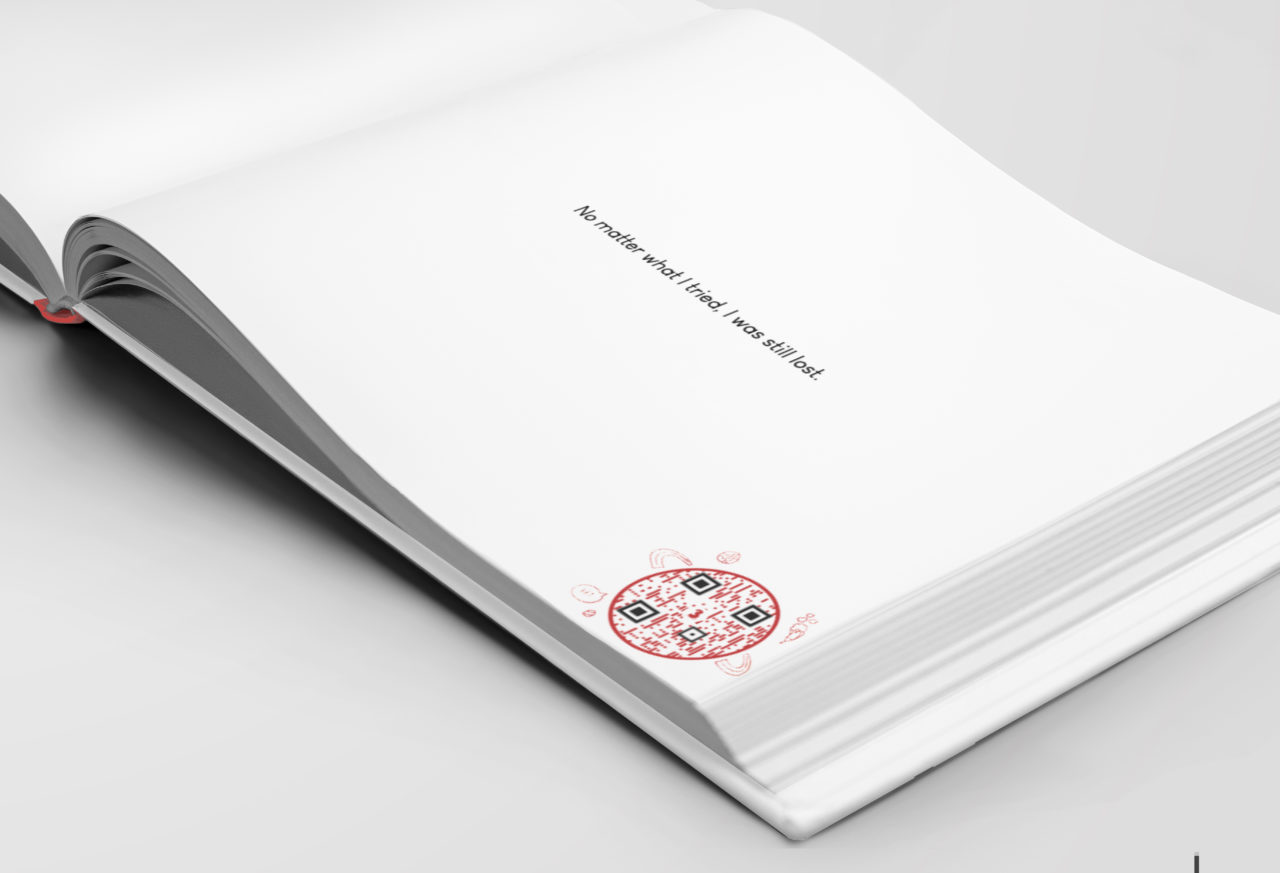
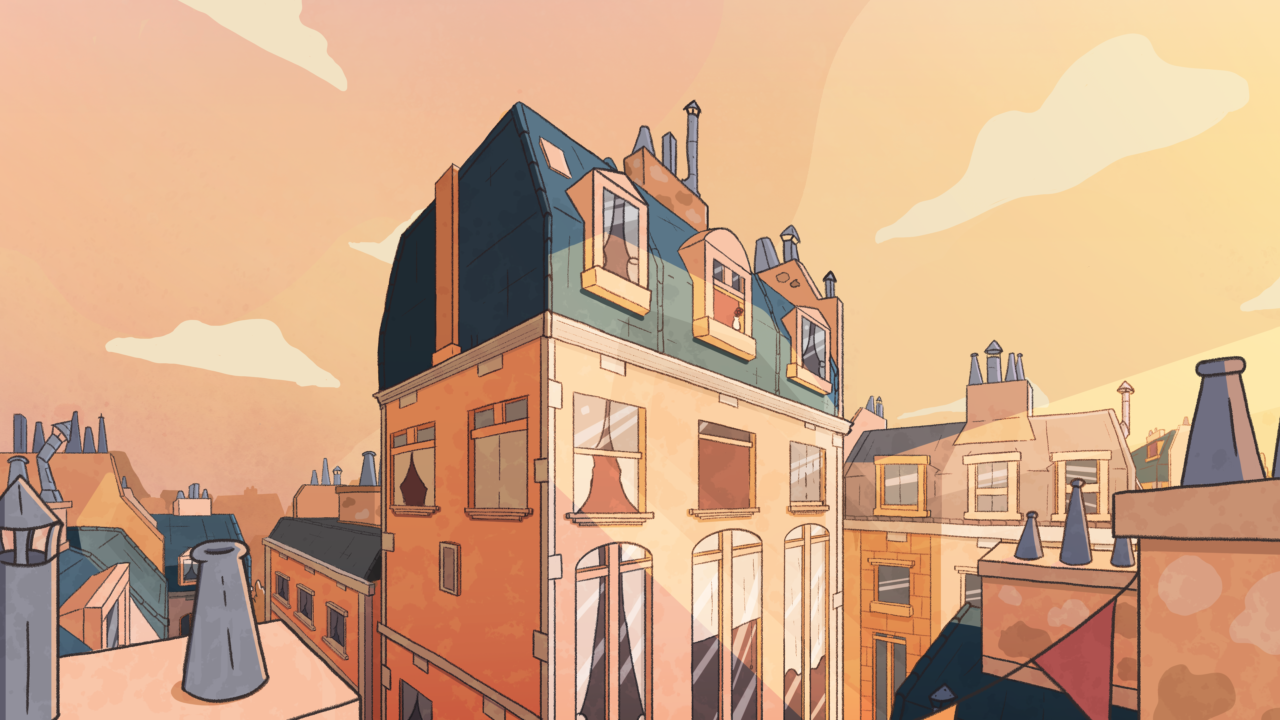
My initial goal of the project was to tell a genuine story about someone on the autism spectrum. While “Manuel’s Manual” is a story about a boy on the autism spectrum, it’s also much more than that. It’s a heart-warming story about friendship, self-acceptance and overcoming obstacles. It can help children – whether they are on the spectrum or not. Children that feel ‘lost’ like Manuel to acknowledge and recognize feelings like loneliness, the feeling of not belonging, or being left out and explores these themes in a gentle manner. Manuel is someone they can identify with, something that is extremely important at such an young age, while at the same time it can function as a conversation piece to open up the discussion or give insight about the autism spectrum to anyone who’s interested. I hope Manuel can help the people in need, inform and if necessary, help someone to get right back on track. “Manuel’s Manual” is for everyone.
PROCESS BOOK:
click here
FIND ME @

